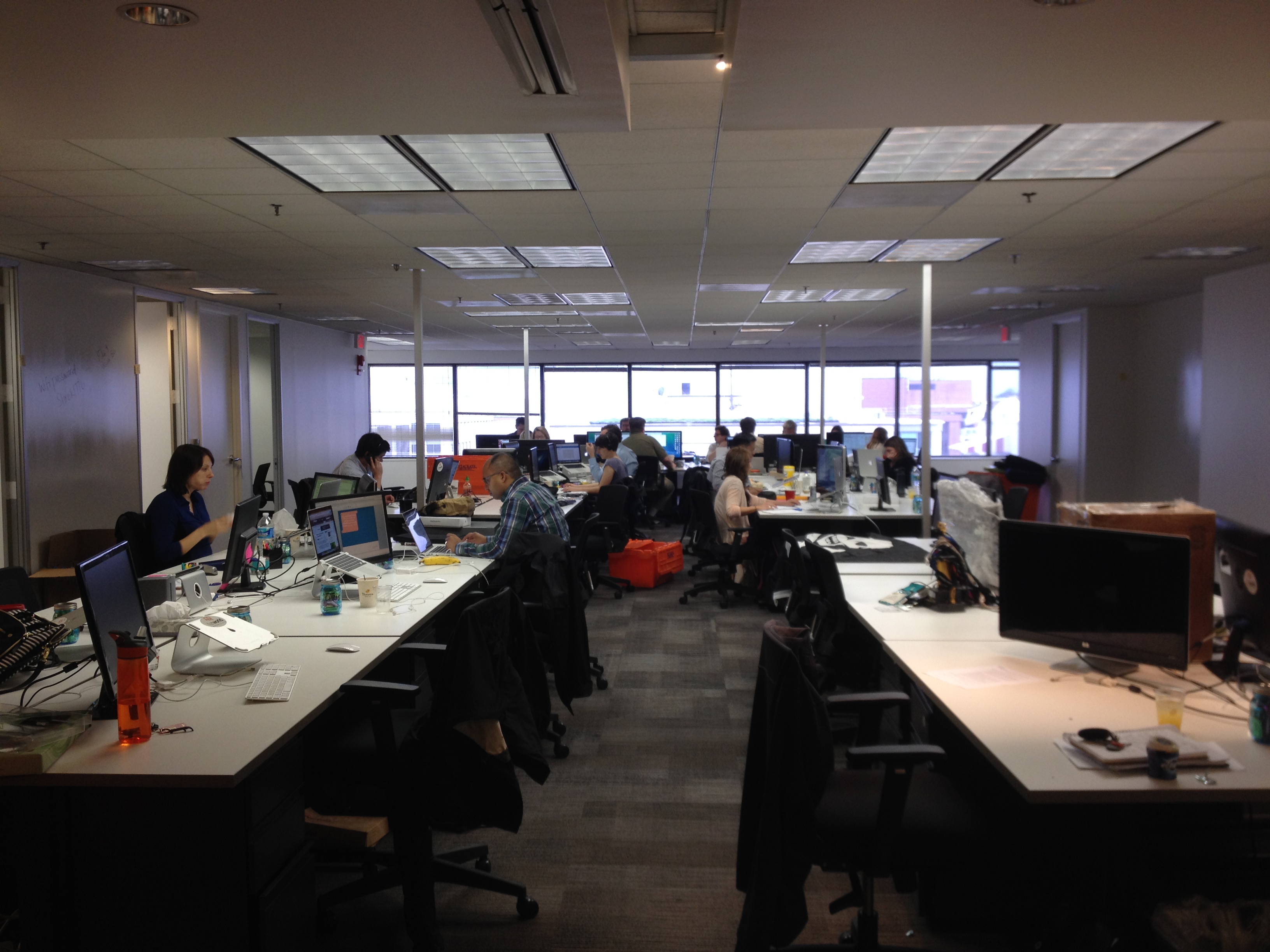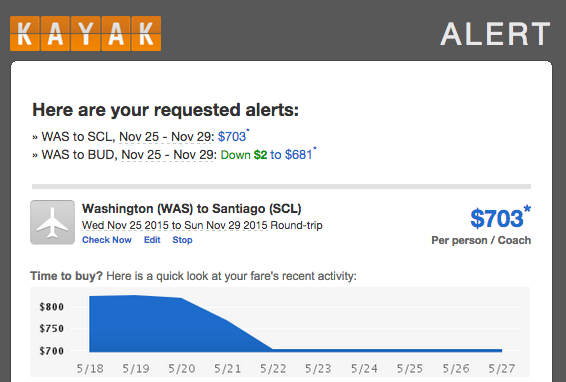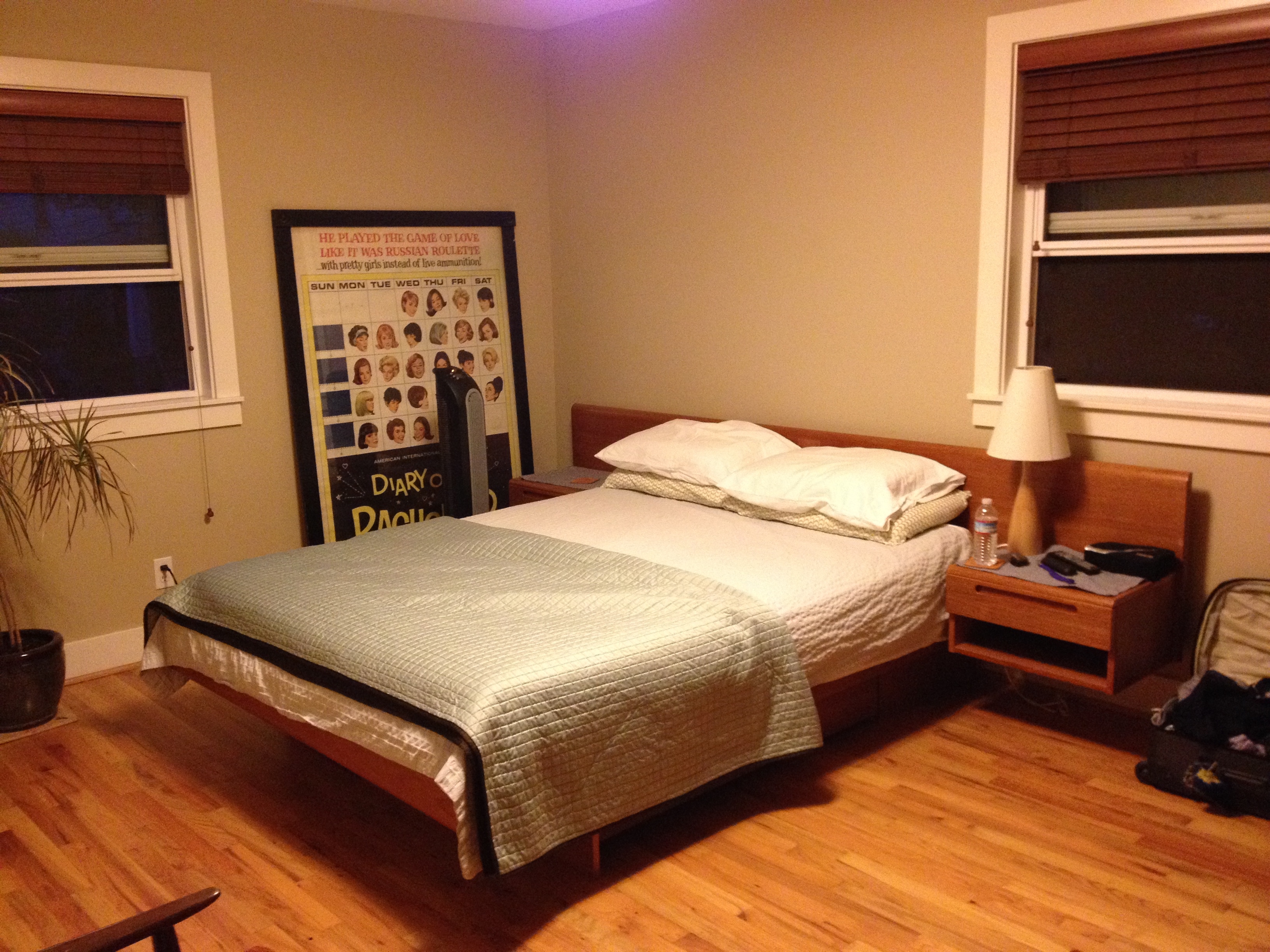Over the past few months, I’ve gotten questions from friends and acquaintances on how I’m able to travel so much while still having a full-time job. I’m by no means an expert at what some term “travel hacking,” but here are some helpful tips and tricks that I think anyone can adopt to start traveling more and spending less, all while keeping their full-time job.
Tip #1: Find a workplace that values travel and offers a generous vacation policy.
Although two weeks of paid time off (PTO) is typically the norm for most workers in the U.S., there are many businesses across the country that offer vacation policies that are much more generous than the standard. If you’re on the job market or currently exploring new opportunities, be sure to get as much clarification as possible on the vacation policy from your future employers. Aside from asking how much PTO your potential employer provides, I’d suggest asking these other questions to get a better sense of how much your potential employer values vacation time:
- How often do people generally take vacation at this company?
- Are there any “blackout” periods where vacation is generally frowned upon?
- How many days, if any, can you roll over from a previous year?
- What’s the company’s policy regarding leave without pay?
These questions have greatly helped me understand how flexible a company is with regard to personal travel. Moreover, it’s important to get a sense of what your prospective boss’ and team’s viewpoints are towards travel. For instance, you might come across a company that offers extensive vacation time, but your boss and immediate team might frown upon time off. Conversely, you might be at a firm that offers limited time off, but might be on a team and have a boss that’s more flexible with your travel goals.
In my case, these questions have helped me identify and work for companies that highly value vacation, offering me anywhere from 15 days of paid time off (my current employer) to one that offers an open vacation policy (my previous employer).
Tip #2: Plan ahead in order to combine federal holidays with paid time off.
Most employers recognize most federal holidays. In 2015, there were 10 of them :
- January (2 days: New Years Day & MLK Day)
- February (1 day: Presidents Day)
- May (1 day: Memorial Day)
- July (1 day: Independence Day)
- September (1 day: Labor Day)
- October (1 day: Columbus Day)
- November (2 days: Veterans Day, Thanksgiving Day)
- December (1 day: Christmas Day)
It’s important to make sure you’re planning ahead, because prices on flights and accommodations tend to be higher around holidays. In my case, as a rule of thumb, I start travel planning for my three-day weekends up to six months in advance.
Even if your company doesn’t recognize all federal holidays, by planning ahead, you can easily squeeze out a couple three- or even four-day vacations over the course of the year from just a handful of paid days off.
Tip #3: Sign up for credit card bonuses:

I used points earned through credit card bonuses to fly in Singapore Airlines’ renowned Suites Class on a flight from L.A. to Tokyo.
Credit card bonuses are a huge part of how I’m able to travel so often so cheaply. Here are my thoughts on this tip:
- If you have credit card debt, or have a FICO score below 650, don’t even try to do any of this. Your credit is precious, and if you’re not able to regularly pay off your bills, opening up multiple credit cards can be a slippery slope to exponential credit card debt.
- Most credit cards that come with a relatively lucrative bonus offer (anything more than 50,000 points) have at least a minimum spend requirement of $3,000 over 3 months. Sometimes the minimum spend can be as low as $0 or as high as $10,000. In order to make sure I’m not overspending due to an artificial need to hit the minimum spend requirement on multiple cards, I apply for one credit card once every 90 days, working towards achieving the minimum spend on each card over the next three months.
- Once you’ve hit a year on your credit card, either cancel it or downgrade it to a no annual fee credit card.
In the three years I’ve been “travel hacking” credit cards, I’ve signed up for 14 credit cards, closing or merging two of them. For the record, my current FICO score is 795. That’s out of a total 850. This has netted me several hundred thousand miles spread across a variety of programs. Currently, the top five programs in my “miles portfolio” look as follows:
- United: ~150k
- British Airways: ~125k
- American Airlines: ~145k
- Alaska Airlines: ~45k
- Chase Ultimate Rewards: ~35k
And another ~30k points spread across a variety of programs including Starwood Preferred Guest, Korean Air, Delta, Qantas, Virgin America, Singapore Airlines, Hawaiian Air, and Hyatt.
I haven’t been able to burn the miles as fast as I’d like to due in large part to my next tip, but generally speaking, I’ll redeem my points as follows:
- United miles for international flights in economy
- British Airways points for short flights under 500 miles, domestic or international
- American & Alaska for business or first class flight redemptions
- Chase points to top off an account at a partner airline for an award
A lot has already been written on this topic, so I’ll try to keep my two cents as brief as possible on this.
For more information on this topic, I’d highly suggest following a few of my favorite blogs: OneMileAtATime, MillionMileSecrets, and TravelIsFree. If you prefer to listen to your content, I’d recommend listening to The Daily Travel Podcast and the Extra Pack of Peanuts Podcast. For those willing to go even further, I’d suggest browsing the forums on FlyerTalk. Loads of fun!
Tip #4: Follow the theflightdeal.com and create kayak.com alerts.
If you haven’t already, I encourage you to follow theflightdeal.com on Facebook. It’s basically a blog that regularly publishes cheap deals from your city. In the past, it periodically published “mistake fares,” which essentially were computer glitches in airlines’ reservations systems that offered fares at heavily discounted rates. Over the past three years, I’ve been able to snap up several amazing deals, including roundtrip flights from DC-Mumbai for $330, from DC – Abu Dhabi for $215, and from DC to Beijing in business class for $440.
While as of early May 2015 “mistake fares” are potentially a thing of the past due to changes in DOT regulations, the website still publishes pretty good deals. For example, earlier this year I went to Australia for the very first time on a roundtrip ticket from Philadelphia for $1,120, and will be heading to Sao Paulo from New York over Thanksgiving for only $592 roundtrip.
Besides theflightdeal, I also create alerts on kayak.com to various cities from where I’m currently based to track the fares of cities I’m interested in visiting. This is particularly useful when planning ahead, since most airlines begin selling tickets for flights up to 330 days before departure.
Tip #5: Consider hotel alternatives, like hostels, AirBnb or even couchsurfing.
This is my last tip, and one that I think people often tend to forget. If you thought spending a couple hundred dollars for a plane ticket was expensive, depending on when and where you’re visiting, the total cost of a hotel can be several times the cost of your plane ticket. I frequently travel solo, and often opt to stay at hostels, not only to save on costs, but also to meet new people. I know that some people frown upon staying at hostels (the thinking goes: “Why should I share my bathroom or where I sleep with a stranger during my precious days of vacation?”), but in most large cities, many hostels offer private rooms with an en suite bathroom that are still cheaper than staying at a hotel.
Besides hostels, there’s an amazing community of people out on couchsurfing.com that connects travelers with locals willing to let you crash on their couch for a night (or more!) I’ve never done it (opting to stay a hostel in most cases), but a good friend of mine is a frequent host in the DC area, and is encouraging me to be a host or stay with a couchsurfer the next time I travel.
Lastly, when I’m not traveling solo, I’ll also look into staying at a place through AirBnb. The quality of your AirBnb can vary from pretty basic to luxurious, but having used AirBnb in Brooklyn, Portland, and Tokyo, my experiences have all been positive.
Conclusion:
So there you have it: my top five tips on how to travel more and spend less, and keep your full-time job. This post was much longer than I had expected, so I thank you if you made it this far. If you have any questions, feel free to leave a message in the comments, or send me a message at jrbilog@gmail.com. Thanks for reading!




